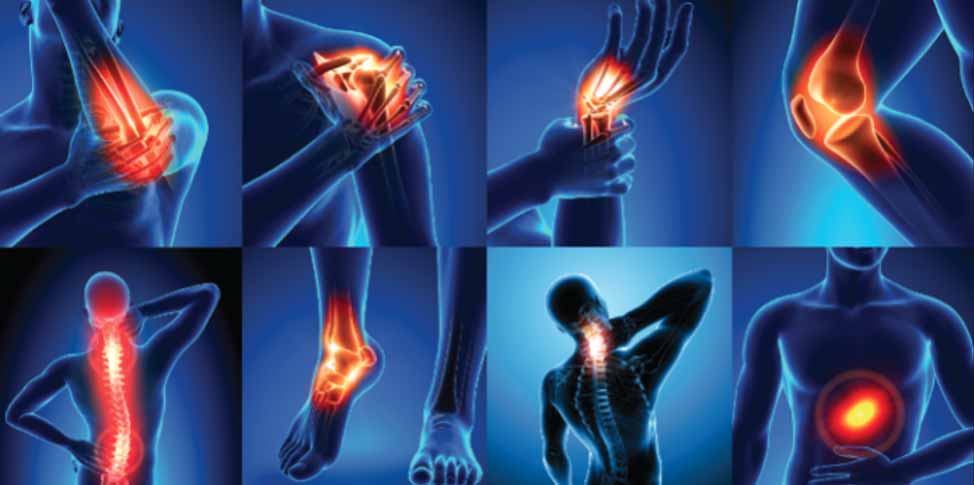In the realm of pain management, traditional methods have long been the go-to approach for addressing various types of discomfort and chronic conditions. However, with advancements in medical science, there’s a promising alternative on the horizon: stem cell therapy. Stem Cell of NJ is at the forefront of this innovative treatment, offering patients a new avenue for pain relief. Let’s delve into the differences between stem cell therapy and traditional pain management techniques to understand their respective benefits and limitations.
Traditional Pain Management Techniques:
- Medication-Based Approaches: Traditional pain management often relies heavily on medications such as nonsteroidal anti-inflammatory drugs (NSAIDs), opioids, and muscle relaxants to alleviate symptoms. While these medications can provide temporary relief, they come with a range of side effects and risks, including addiction and dependency.
- Physical Therapy: Another common approach involves physical therapy, which aims to improve mobility, strengthen muscles, and reduce pain through targeted exercises and modalities. While physical therapy can be effective for certain conditions, it may not always address the underlying cause of pain.
- Injections and Invasive Procedures: For more severe cases, invasive procedures such as corticosteroid injections or surgery may be recommended. While these interventions can provide significant relief for some patients, they also carry inherent risks and may not always yield long-term benefits.
Stem Cell Therapy:
- Regenerative Approach: Stem cell therapy offers a regenerative approach to pain management by harnessing the body’s natural healing abilities. Stem cells have the unique capacity to differentiate into various cell types and promote tissue regeneration, making them a promising option for treating musculoskeletal conditions and injuries.
- Minimally Invasive Procedure: Unlike traditional surgical interventions, stem cell therapy is minimally invasive and typically performed on an outpatient basis. This means shorter recovery times, reduced risk of complications, and minimal disruption to daily life.
- Targeted Treatment: Stem Cell of NJ utilizes advanced techniques to deliver stem cells precisely to the site of injury or inflammation, maximizing their therapeutic potential. This targeted approach allows for tailored treatment plans that address the specific needs of each patient.
- Reduced Risk of Side Effects: Since stem cell therapy harnesses the body’s own cells, there is minimal risk of adverse reactions or rejection. This makes it a safer alternative to traditional pain management techniques, particularly for patients who may not tolerate medications or invasive procedures well.
The Future of Pain Relief:
As research in stem cell therapy continues to evolve, the future of pain relief looks increasingly promising. Stem Cell of NJ is committed to staying at the forefront of this field, offering patients access to cutting-edge treatments that have the potential to transform their lives.
In conclusion, while traditional pain management techniques have their place, stem cell therapy represents a revolutionary approach to pain relief. By harnessing the body’s natural healing mechanisms, stem cell therapy offers a safer, more effective alternative for patients seeking long-term relief from chronic pain and musculoskeletal conditions. If you’re considering your options for pain management, it’s worth exploring the benefits of stem cell therapy with a trusted provider like Stem Cell of NJ.
